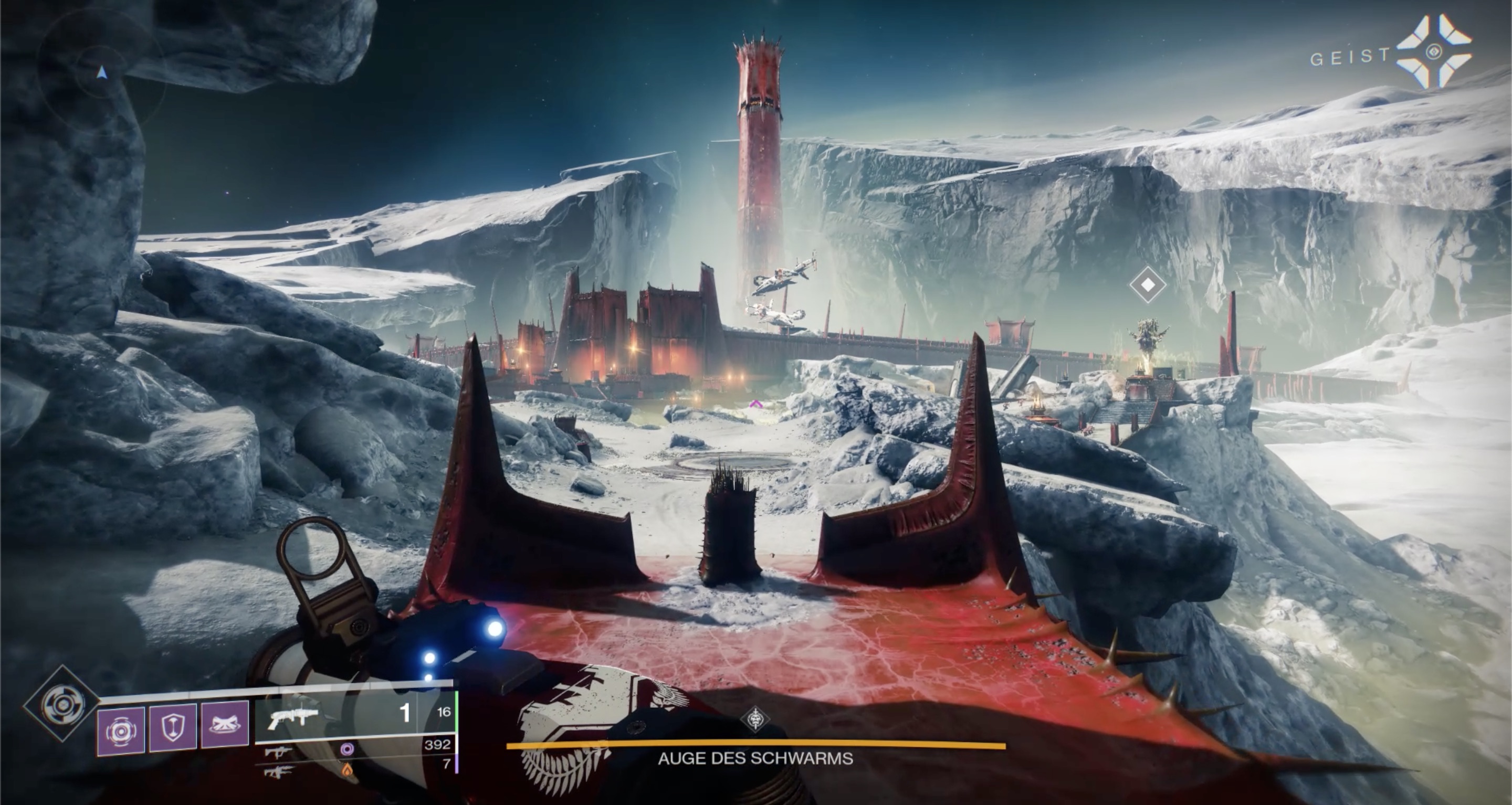

“Rather than limit their focus to any one planet, the Maya astronomers who created the 819-day count envisioned it as a larger calendar system that could be used for predictions of all the visible planet’s synodic periods,” the scientists said. Within 20 cycles, each planet goes through some number of synodic periods a whole number of times: Mercury every cycle, Venus every 5 cycles, Saturn every 6 cycles, Jupiter every 19 cycles, and Mars every 20 cycles.Įach synodic period is less than 819 days, but only Mercury has one that happens a whole number of times within a single cycle.Ĭombining the cycles allows for prediction of the placement of the planets, which is also connected to important dates and celebrations.

Linden and Professor Bricker discovered it takes 20 cycles of 819 days, which is about 45 years, to align with the synodic periods of all visible planets. Previously, scholars thought the calendar referred to four cycles of 819, but that time span didn’t sync neatly with the synodic periods of all the planets that can be seen with the naked eye: Mercury, Venus, Mars, Jupiter, and Saturn. “By increasing the calendar length to 20 periods of 819-days, a pattern emerges in which the synodic periods of all the visible planets commensurate with station points in the larger 819-day calendar.” “Although prior research has sought to show planetary connections for the 819-day count, its four-part, color-directional scheme is too short to fit well with the synodic periods of the visible planets,” said Tulane University alumnus John Linden and Professor Victoria Bricker. Scholars long suspected the ancient Maya 819-day calendar followed astronomical events, specifically how long it takes a planet to appear in the same place in the night sky as seen from Earth, known as the synodic periods of planets.īut according to the new study, the cycles in the calendar cover a much larger timeframe than scholars previously thought. Image credit: El Comandante / CC BY-SA 3.0. If you’re a Destiny 2 player looking to go on a whole other treasure hunt on their own, we’ve got all the lucent moth locations here for your enjoyment.The Monolith of the Stone of the Sun, also known as the Aztec calendar stone, in the National Museum of Anthropology and History, Mexico City, Mexico. If you want to read more about Destiny 2, there was a community vote between mech and monster cosmetics that recently came to an intense conclusion. Whether or not they’ll find the next big Bungie easter egg, or end up with nothing, remains to be seen.

These both could be valuable clues, but as of right now there’s been no discovery based on either hint.Įither way, in the minds of a portion of the community the hunt is officially underway. Others are looking at the codename of this upcoming title: matter. That hasn’t stopped the community though, who are already starting to piece together clues, regardless of how small they may be.įor example, Christopher used a particular emoji in the tweet thread embedded above of a smiling moon face leading some to, half jokingly, suspect the moon may hide the location of this elusive easter egg. The problem with this sort of secret is that it’s incredibly hard to know you’ve found it even if it’s standing right infront of you. This, as you may imagine, has caused a sharp increase in speculation regarding what exactly this easter egg could be, if it either exists.

This rumour comes from Christopher Barrett, a game director for an as of yet unannounced title at the sony-owned studio, who has caused a stir in the Destiny community thanks to a cheeky tweet over the weekend.Ĭhristopher, who tweeted this info in a post on their favourite video game easter egg, responded to a fan asking whether an easter egg that references the upcoming game being worked on at Bungie had been added to Destiny 2, similar to the Destiny Awaits secret hidden away in Halo 3: ODST all those years ago. An easter egg for the next Bungie game may already be out in the world, or rather, one of the worlds that make up the Destiny 2 universe.


 0 kommentar(er)
0 kommentar(er)
